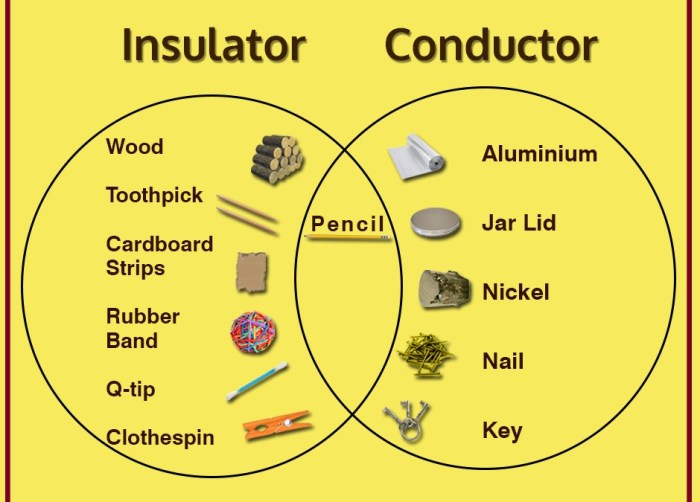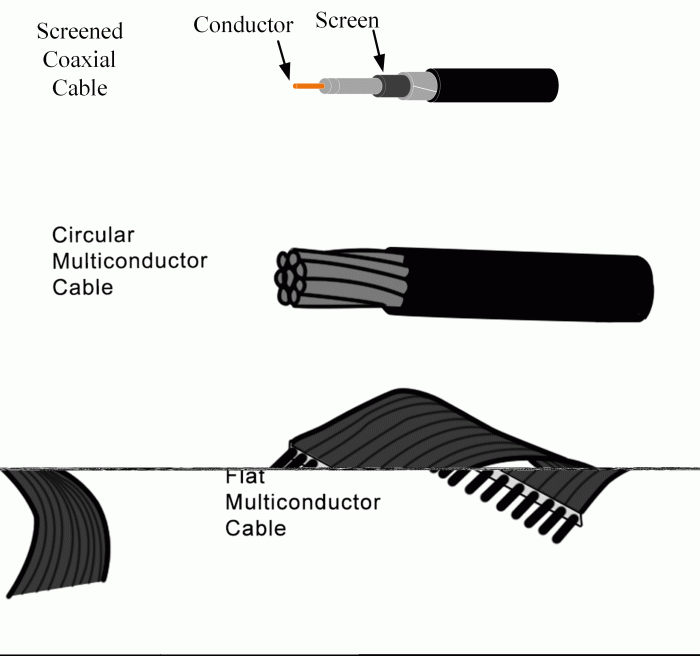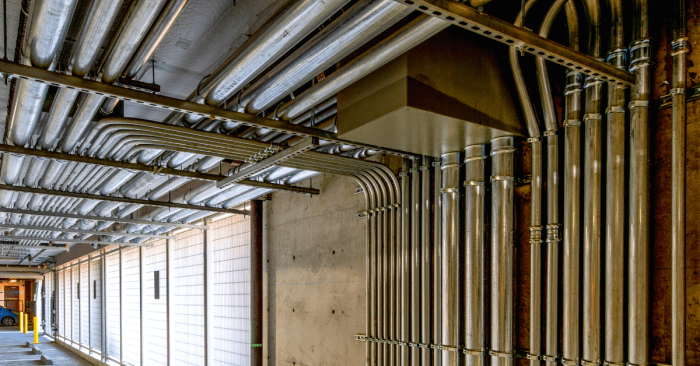What is the primary purpose of surface metal raceways? Surface metal raceways, an essential component of electrical systems, serve a crucial role in protecting and managing electrical wiring. This comprehensive guide delves into the purpose, types, advantages, disadvantages, installation, maintenance, and troubleshooting of surface metal raceways, providing valuable insights for electrical professionals and homeowners alike.
Surface metal raceways offer a versatile and efficient solution for electrical wiring, ensuring safety, durability, and ease of access. They are commonly used in commercial, industrial, and residential settings, providing a secure and organized method of routing electrical cables.
1. Surface Metal Raceways
Overview

Surface metal raceways are enclosed channels or conduits designed to protect and organize electrical wires, cables, and other wiring components. They are typically installed on the surface of walls, ceilings, or floors, providing a convenient and cost-effective solution for routing and managing electrical systems.
Surface metal raceways are available in various types, including:
- Standard raceways:These are the most common type, designed for general-purpose electrical applications.
- Flexible raceways:These are designed to accommodate bends and curves, making them suitable for irregular pathways.
- Wiremold raceways:These are a specific brand of surface metal raceways known for their sleek design and wide range of accessories.
Surface metal raceways are commonly used in commercial, industrial, and residential applications, including:
- Power distribution
- Data and communication cabling
- HVAC controls
- Security systems
2. Advantages and Disadvantages of Surface Metal Raceways
Advantages
- Durability:Surface metal raceways are constructed from durable materials, such as steel or aluminum, providing excellent protection for wires and cables from physical damage and environmental factors.
- Ease of installation:Surface metal raceways can be easily installed without the need for extensive cutting or drilling, making them a convenient solution for both new and existing buildings.
- Flexibility:Flexible raceways allow for easy routing around obstacles and bends, providing versatility in installation.
- Accessibility:Surface metal raceways provide easy access to wires and cables for maintenance, repairs, or upgrades.
- Aesthetic appeal:Surface metal raceways can be painted or finished to match the surrounding decor, offering a clean and professional appearance.
Disadvantages
- Potential for corrosion:Surface metal raceways made of ferrous materials may be susceptible to corrosion, especially in humid or corrosive environments.
- Aesthetic considerations:While surface metal raceways can be aesthetically pleasing, they may not be suitable for all applications where a more discreet or concealed approach is preferred.
- Cost:Surface metal raceways can be more expensive than alternative solutions, such as conduit or cable trays.
Comparison to Alternative Solutions, What is the primary purpose of surface metal raceways
Surface metal raceways are often compared to other electrical distribution methods, such as conduit and cable trays:
- Conduit:Conduit is a rigid pipe that encloses and protects wires and cables. It offers a high level of protection but requires more extensive installation and can be more expensive than surface metal raceways.
- Cable trays:Cable trays are open-air structures that support and organize wires and cables. They are less protective than surface metal raceways but provide greater flexibility and ventilation.
3. Installation of Surface Metal Raceways: What Is The Primary Purpose Of Surface Metal Raceways

The installation of surface metal raceways involves several steps:
- Planning:Determine the route and location of the raceways, taking into account obstacles and access points.
- Materials:Gather the necessary materials, including raceways, fittings, fasteners, and tools.
- Cutting:Cut the raceways to the desired lengths using a hacksaw or other suitable tool.
- Bending:If necessary, bend flexible raceways to accommodate curves or obstacles.
- Mounting:Mount the raceways to the surface using screws or other appropriate fasteners.
- Connections:Connect the raceways together using fittings, such as elbows, tees, and couplings.
- Wiring:Install the wires and cables inside the raceways and secure them with cable ties or other methods.
- Covering:Install the covers on the raceways to protect the wires and cables and provide a finished appearance.
4. Maintenance and Troubleshooting of Surface Metal Raceways

Regular maintenance is essential to ensure the proper functioning and longevity of surface metal raceways:
- Cleaning:Regularly clean the raceways to remove dust, dirt, and other debris.
- Inspection:Periodically inspect the raceways for damage, corrosion, or loose connections.
- Tightening:Ensure that all screws and fasteners are properly tightened to prevent rattling or movement.
In case of any issues, troubleshooting can help identify and resolve the problem:
- Loose wires:Check for loose connections or damaged wires inside the raceways.
- Overheating:Ensure that the raceways are not overloaded with wires and cables, as this can lead to overheating.
- Corrosion:Inspect the raceways for signs of corrosion and take appropriate measures to prevent further damage.
FAQ Compilation
What is the primary purpose of surface metal raceways?
Surface metal raceways serve as protective enclosures for electrical wiring, safeguarding them from physical damage, moisture, and environmental hazards.
What are the advantages of using surface metal raceways?
Surface metal raceways offer advantages such as durability, ease of installation, flexibility in routing, and improved aesthetics compared to exposed wiring.
What are the disadvantages of using surface metal raceways?
Potential disadvantages include cost considerations, susceptibility to corrosion in certain environments, and the need for proper installation to maintain effectiveness.
How are surface metal raceways installed?
Installation involves securing the raceway to the surface, cutting and bending as needed, and connecting fittings and accessories to create a complete system.
What is the importance of regular maintenance for surface metal raceways?
Regular maintenance ensures the integrity and functionality of the raceways, including cleaning, inspecting for damage, and tightening connections as necessary.